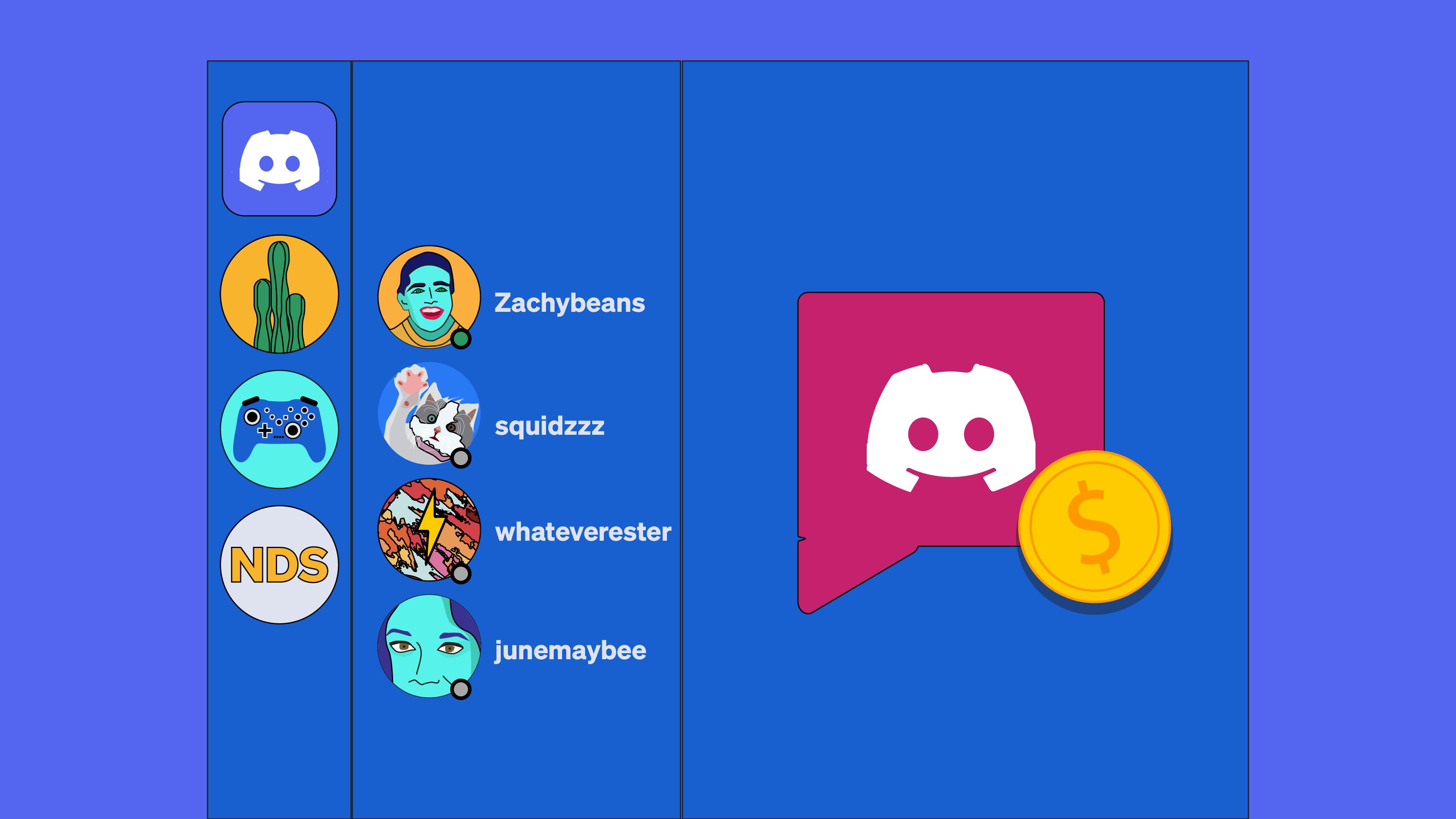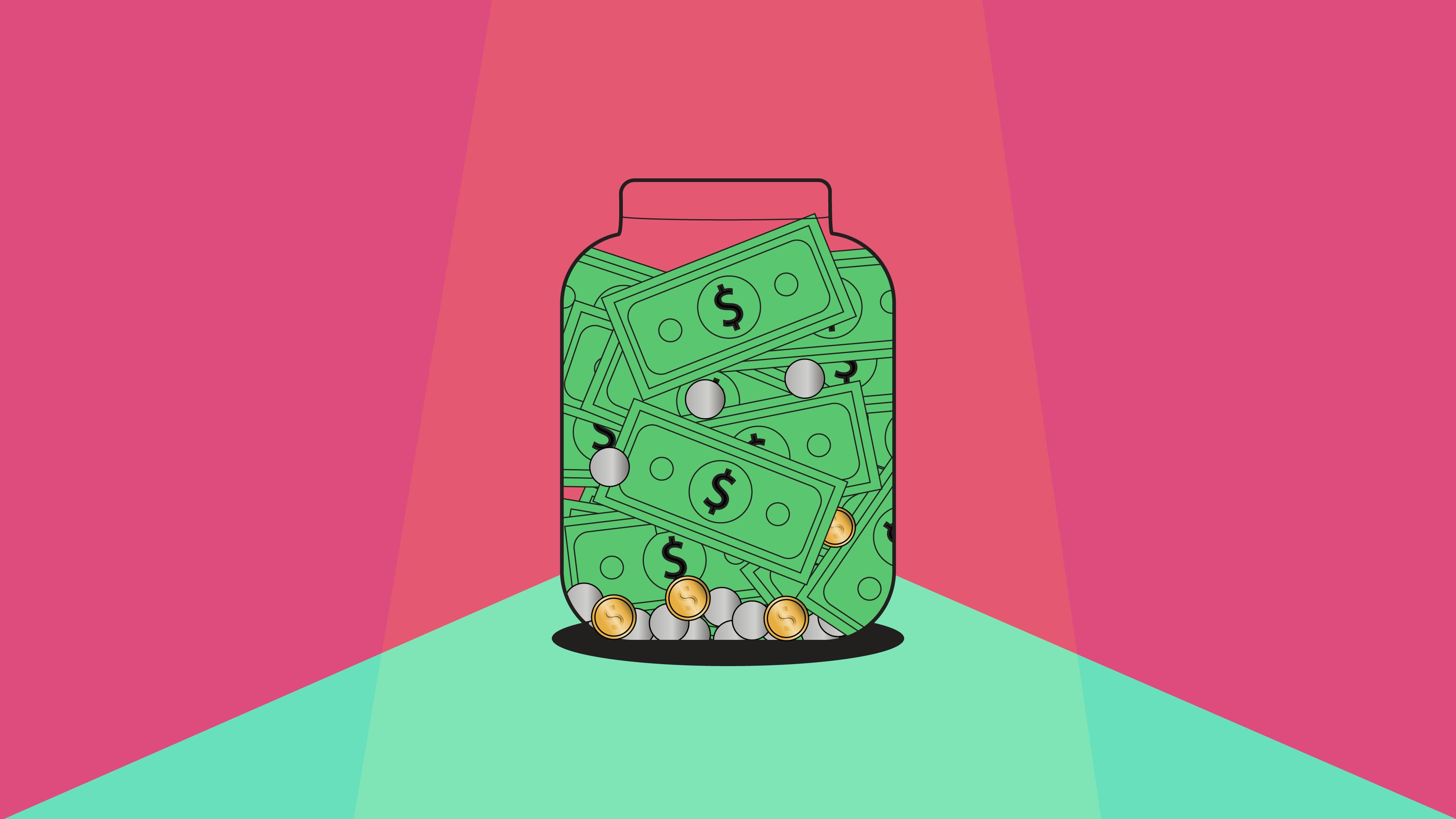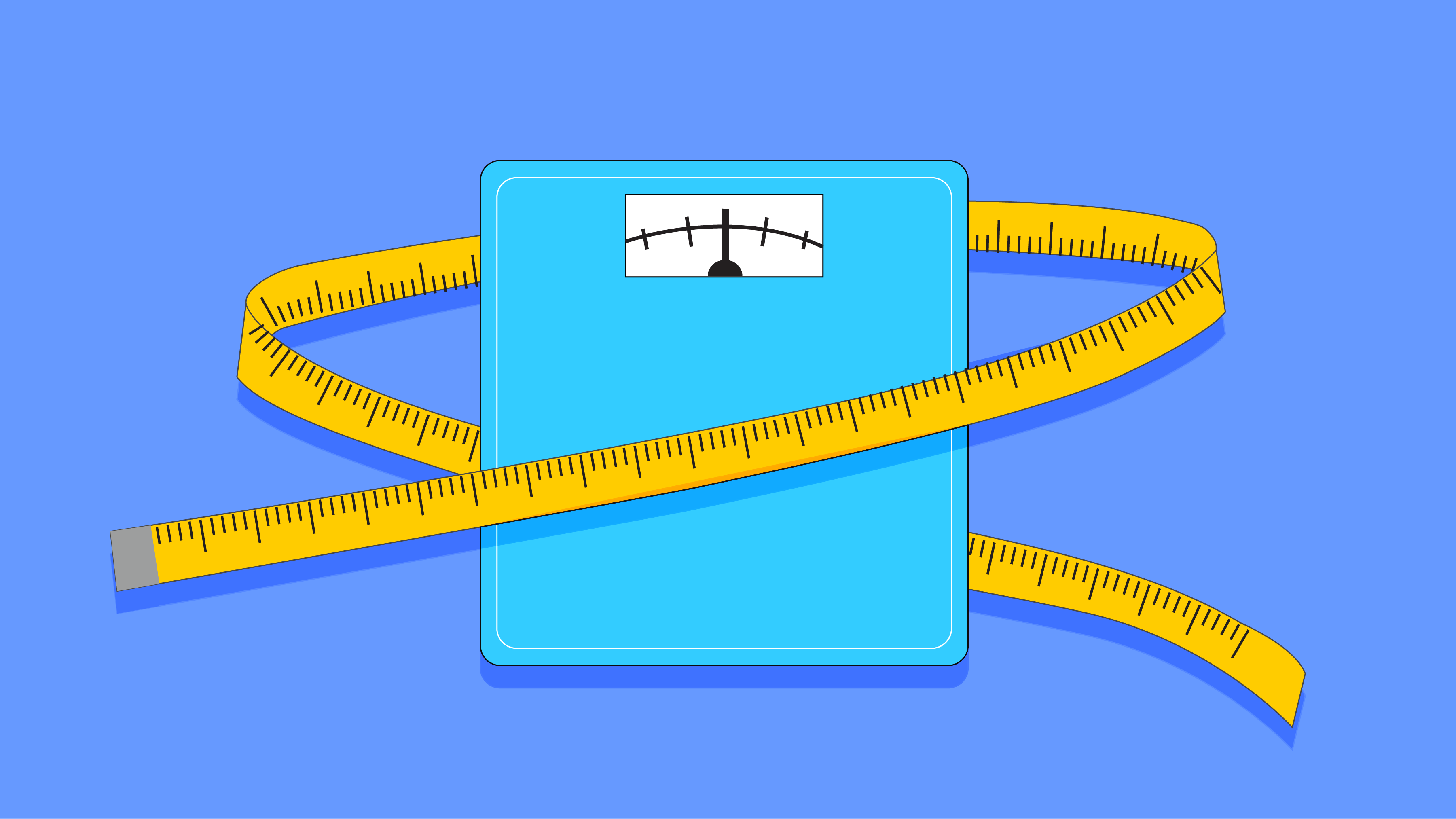An emergency fund is where you set money aside for unexpected expenses like car repairs, home repairs, medical bills, or loss of income.
Without an emergency fund, any financial emergency could put you behind on your finances. These expenses don’t have to be large either.
Imagine you're getting ready to leave for work, but when you come out to your car, you realize that two of your tires are flat. This unexpected expense hit you hard because you have to pay for new tires and for the tow truck to bring your car to the repair shop.
The money used to pay for that expense came with a cost—your cell phone bill.
When it comes to money, any unexpected expense can affect how much you’re able to spend on another. With emergency funds, you can prevent this from happening.
If you don’t know where to begin or are unsure if you’re in the financial place to start an emergency fund, don’t worry. In this article, you will learn:
- How to start an emergency fund.
- How much you should have in an emergency fund.
- Saving your emergency fund in a Braid Pool.
- How to save while living paycheck to paycheck.
- Where to hide your emergency fund.
How to Start an Emergency Fund
Starting an emergency fund is easy. There are only 5 things you have to do to get started:
1. Determine your savings goal.
Determining your savings goal will help you understand how much you need to save. This helps you create a timetable for saving.
When determining your savings goal, you should consider things like your monthly expenses and the number of people in your household (more on determining your goal later).
Having a goal will also help you stay motivated. You’re not just putting money to the side aimlessly.
Without a goal for your emergency fund, you can find yourself slacking off on adding funds.
2. Find the best way to save.
Once your goal is determined, you can map out how often you need to add money to your emergency savings based on your income and cost of living.
You can save daily, weekly, or monthly. Some people save whenever they make a purchase. You can do this by putting aside a certain percentage of the expense that you make.
Find out what’s best for you and stick with it.
Saving can get a little difficult. It takes discipline and strong willpower. There are some strategies you can use to help you save for your emergency fund.
3. Save the money you receive outside of work.
There is probably a time of the year when you get an influx of money. It’s more than the money you would usually get around that time. For many people, this is income tax season.
Anytime that you get a large amount of money that you normally wouldn’t get throughout the year, don’t be too tempted to spend it all at once.
Adding some of this money to your emergency fund can help you quickly reach your goal.
It may be difficult to do at the moment but that is the discipline that saving requires.
4. Try recurring requests.
If you’re having a hard time staying disciplined and manually adding money to your emergency fund, you can try recurring requests.
Recurring requests are when you set up recurring transfers that are automatically taken out of your main account and placed in your emergency savings account. In this case, the money isn’t taken out until you accept the request.
Some people prefer this way of saving because it takes the pressure off of them.
If you take this route, just be sure to monitor your money by checking your transactions, the money coming in, and the money you plan on spending. You don’t want to put yourself in the position of an overdraft account.
You can create recurring requests in Braid Pools so that way you have to approve the transfer before it gets initiated. If you don't approve the request, you will at least see a reminder of how much you should add when you have available funds in your account. More on this later.
5. A goal achieved is a goal celebrated.
You’ve been doing good with saving and you reached your first goal.
Congratulations!
Now that you’ve reached your goal, it’s time to increase your goal and push for more.
Before you do this, don’t forget to celebrate your success. Find a way to treat yourself that won’t put a damper on your finances.
This will encourage you to hit your next goal and the one after that.
Ready to start your emergency fund? Use Braid for a place to store your savings!
How Much Should I Have in an Emergency Fund?
How much you save in your emergency fund depends on your lifestyle and cost of living.
When determining an amount for your emergency fund, don’t look at what other people are doing with their money.
Your financial goals are specifically tailored to you.
Experts say that saving 3-6 months' worth of your expenses in your emergency fund is a great goal.
When saving for your emergency fund, consider:
- What are your monthly expenses?
- How many people are in your household?
- How many people in your household contribute to the finances?
- Do you have other sources of income?
- What is the minimum you would need to cover your monthly expenses?
Saving your Emergency Fund in a Braid Pool
When you’re just starting your emergency fund, figuring out where to put it can get a bit difficult.
Making a decision on opening a regular account, a savings account, or a credit union account, can all be so overwhelming.
Saving money in the same account that you spend from can also make it almost impossible to save.
Braid Money Pools make that decision easier by providing you with a dedicated place to save your money and spend it when it’s most needed.
Here’s how to start saving money for your emergency fund with Braid:
1. Download the free Braid app and create a money pool.
2. Set up recurring requests.
For people who need reminders to save, Braid allows you to set up recurring requests.
Choose the date, how much, and how often you want to make payments towards your emergency fund.
Braid will send you a reminder to add the money to your pool.
3. Invite others.
When it comes to saving money, you don’t have to do it alone.
If you're planning to save money with others, Braid lets you invite other people to join your money pool so you can save together.
Members of the pool can contribute their part of the savings whenever it’s required.
Members of the pool are also able to see when contributions are made, money spent, receive messages from the pool admin, and can be given spending permissions in the pool.
4. Share your pool link.
Maybe you’re starting an emergency fund for your apartment or other personal needs.
Sharing the pool link is a simple and quick way to get people to contribute to your emergency fund.
People who contribute don’t have to download the app. All they need is a debit card to contribute.
5. Spending money on an emergency.
When that rainy day you’ve been saving for happens, Braid makes it easy to spend the money you’ve saved.
Your free Braid Debit Card allows you to spend money directly from your money pool. Or if you need to pay a bill, use the account and routing number that comes with your pool.
There are no worries about having to transfer money from another account.
You also don’t have to wait to spend your money.
Ready to start an emergency fund? Click here to use Braid Money Pools!
How to Save While Living Paycheck to Paycheck
You’ve probably been thinking it’s impossible to save while living paycheck to paycheck.
Once you get paid, the money goes directly to all your expenses and you can’t be bothered to put anything towards something like an emergency fund.
This is why saving money in a separate account is the best way to save money for your emergency fund.
When you save with Braid, you can add money whenever you can.
When you add money in, little by little, your savings will grow.
Those little raindrops can make a mighty ocean, and your money can add up.
Create a budget.
Most people who live paycheck to paycheck don’t create a budget because they feel like they already know where all of their money is going.
You may even feel like you don’t make enough money to have to create a budget.
Creating a budget can help you understand all your expenses so that you can easily cut out unnecessary costs.
It also helps you keep track of your spending.
Cut costs where you can.
Give up one day of buying the $5 coffee you get every morning. Instead, contribute $5 to your emergency fund money pool.
Cutting unnecessary costs can help you save money over time.
Many people live above their means and don’t even realize it until they take time to map out their expenses.
Add to your income.
Adding to your income can be a small side hustle or a part-time job.
Take on anything that can put some extra money in your pockets. Sometimes your main source of income just won’t cut it.
Renegotiate bills.
Your bills will take up most of your expenses but sometimes renegotiating them can help more than you know.
If you’re paying for cable, how much TV do you watch? Can you settle for paying for one streaming service rather than the cable that costs more?
Are you using all of the features on your phone, or can you look at cheaper plans your phone company provides?
Where to Hide Your Emergency Fund
Hiding your funds is not really about hiding them but being disciplined enough to put them somewhere and not touch them.
Gone are the days when you could just stuff your money in a mattress.
You need to keep your emergency fund in a safe and secure place.
Many people keep their emergency funds in a savings account but there’s a problem with that.
It’s an emergency fund, meaning you would need that money in the time of an emergency.
Some accounts require you to transfer funds and there may be a limit on how much you can transfer at a given time.
To avoid this from happening, keeping your money in a Braid Pool is a great option.
Braid allows you to spend money whenever you want using the Braid Debit Card.
There are also no limits to the money you can spend. If the money is there, it’s available to use.
Braid gives you the benefits of a separate account and ease of a money pool. Your money is hidden so that you aren’t hit with unexpected expenses.
Start Using Braid to Save for Emergencies
Saving doesn’t have a tax bracket and neither do emergencies.
You don’t want to find yourself helpless if something unexpected happens.
Braid Money Pools helps you save and manage your emergency fund savings easily.



